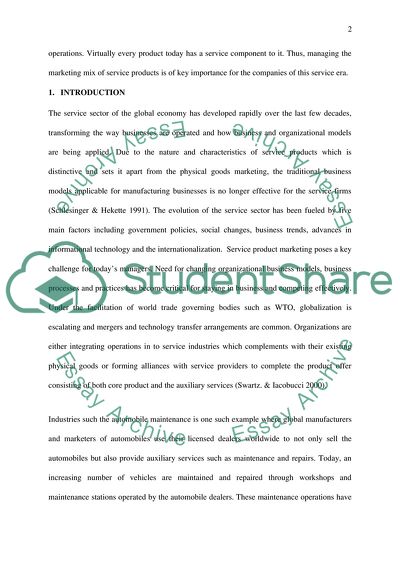Cite this document
(Analysis of Service Product Marketing Research Paper, n.d.)
Analysis of Service Product Marketing Research Paper. Retrieved from https://studentshare.org/marketing/1702819-service-product-marketing
Analysis of Service Product Marketing Research Paper. Retrieved from https://studentshare.org/marketing/1702819-service-product-marketing
(Analysis of Service Product Marketing Research Paper)
Analysis of Service Product Marketing Research Paper. https://studentshare.org/marketing/1702819-service-product-marketing.
Analysis of Service Product Marketing Research Paper. https://studentshare.org/marketing/1702819-service-product-marketing.
“Analysis of Service Product Marketing Research Paper”, n.d. https://studentshare.org/marketing/1702819-service-product-marketing.


